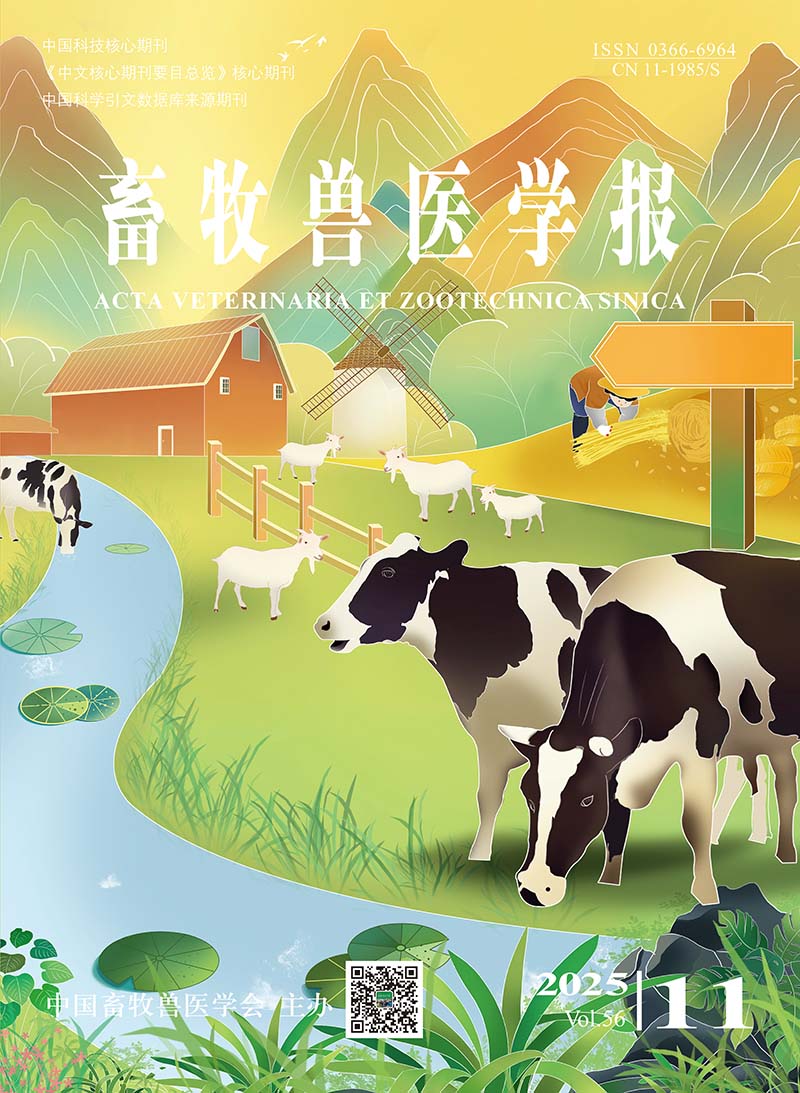






Supervised: China Association for Science and Technology
Sponsored: Chinese Association of Animal Science and Veterinary Medicine
Edited: Editorial Board of the ACTA VETERINARIA ET ZOOTECHNICA SINICA
Institute of Animal Science. Chinese Academy of Agricultural Sciences
Editor in chief: WEN Jie
Telephone: 010- 62815987
Published: Chinese Journal of Animal Science and Veterinary Medicine Co.,Ltd
Post subscription code: 82-453
Distributed: Domestic Beijing Post Office, China Post Group Corporation Overseas China International Book Trading Corporation,P.O.Box 399
Foreign distribution code: M446
Price: 50.00 CNY¥ per issue and 600.00 CNY¥ per year
CN 11-1985/S
ISSN 0366-6964